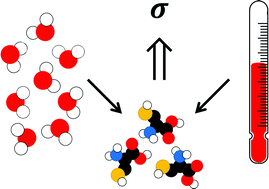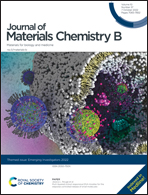The importance of water content on the conductivity of biomaterials and bioelectronic devices
Abstract
Conductive biocompatible-, bioinspired- and biomaterials are increasing in importance, especially in bioelectronic applications where these materials are used in a variety of devices. Given the intended purpose of many of these devices is to interface with the human body, a pertinent issue is the effect of water from the environment on the electrical properties of the materials and devices. A researcher on biomaterials may currently not be aware, but the conductivity of these materials and device performances can be significantly altered with the presence of hydration in the environment. Examples will be given to highlight the problem that the conductivity of biomaterials can change by orders of magnitude depending on water content. Furthermore, case studies will be discussed in which control of the water content was key to understanding the underlying charge transport mechanism of conductive biomaterials. Examples of various devices and their response to hydration content will also be covered. Finally, this perspective will also mention the various methods of hydration control (including contrast studies) that can be used to perform careful work on conductive biomaterials and devices. Overall, water content should be considered an environmental variable as important as temperature to control for sound scientific investigation and to yield understanding of conductive biomaterials and bioelectronic devices.

- This article is part of the themed collection: Journal of Materials Chemistry B Emerging Investigators


 Please wait while we load your content...
Please wait while we load your content...